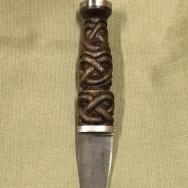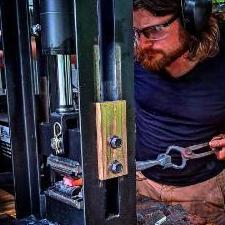-
Posts
47,053 -
Joined
-
Last visited
Single Status Update
-
-

Bah.. after I hit enter I realized it looks like I'm asking about completely drying it out by firing which is not the case. I have been letting layers sit for about a week at a time before applying the next. It'll be "dry" but I was curious about if it should be fired to confirm it's completely dried before I put on a layer of much finer stuff like ITC. My ITC directions consist of, "Mix two parts ITC to one part water"
*reads before hitting enter*
Ok.. think I got it this time...
-

Heh, heh, heh. I keep telling Glenn we need a "Do over" or "I Take it BACK!" button but oh nooooo.
I don't know about applying plistex but ITC-100 is pretty straight forward. You can dilute it to spray if you want but I think painting it on is better on a smooth surface. First wet the surface, not dripping wet but more than damp. About where a concrete sidewalk turns dark but isn't shiny wet? The reason to wet the surface is the same reason you "butter" forms, bricks, etc. before applying mortar, concrete, etc.
If the ITC or concrete are applied to a dry material it will dry almost instantly on contact but just the few thousandths actually in contact. It can't bond properly and this is the main reason plaster, thin ceramic coatings, ITC and other thermal coatings, etc. peal.
Yeah, you want it "dry" as in completely set before applying the ITC. Do the hot cures once the ITC is dry. Firing it isn't "drying" the refractory, it's firing it like pottery so if you treat it like pottery you'll be playing it safe. Fire it the first time for a short period of time, stop ad let it coo slowly as soon as you see red in the liner. Once it's cool the second firing should be into the mid to high red and hold it for an hour or so. Let it cool and it's ready to rock and roll.
Doing a gradual fire cure cycle is playing it safe, I don't know what refractory you're using let alone what the factory recommended setting and curing procedure is. Have you looked it up online? Most companies have procedures available for download. My most recent acquisition is Kast-O-Lite 30 Bubble alumina. A water set castable, meaning it comes dry in a bag and you add water, cast it, trowel it on or whatever then let it set. It does NOT dry it sets like concrete and Kastolite products work best if kept damp during the curing process. THEN you take it through a two firing series to bring it to full strength and thermal rating. That info isn't on the bag, I found it online and saved it in it's own file folder.
Jer
-





